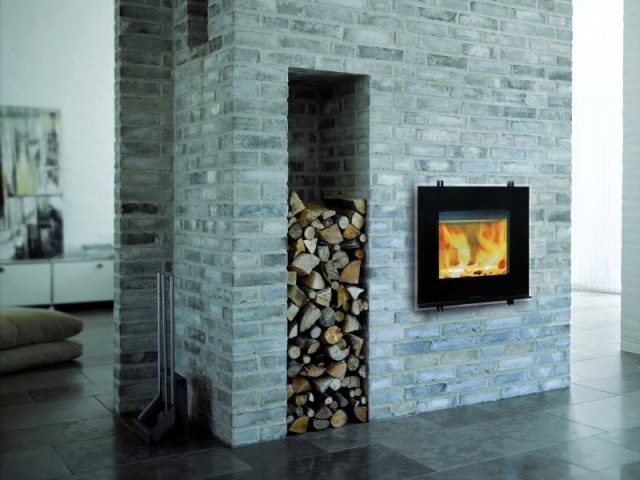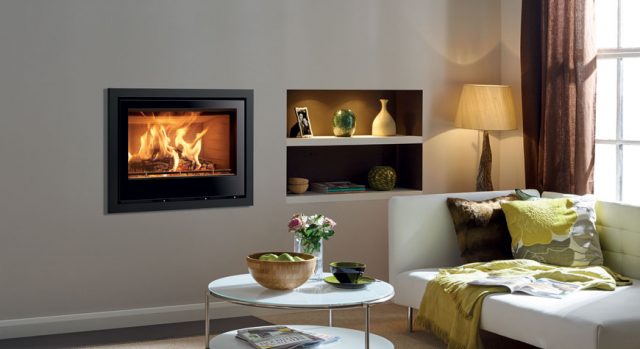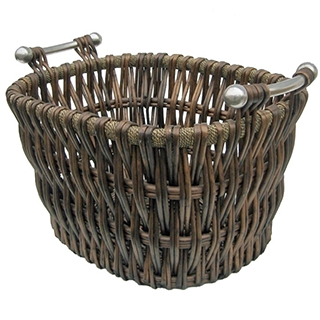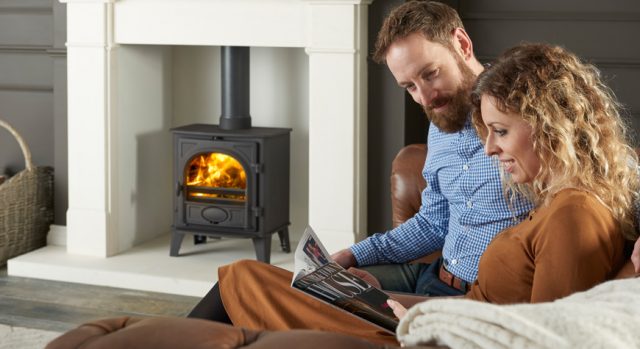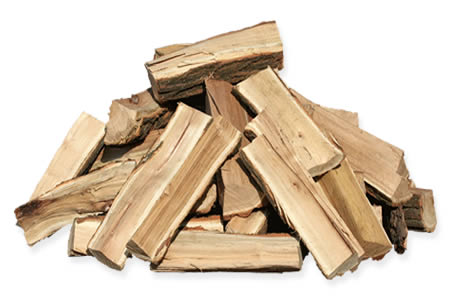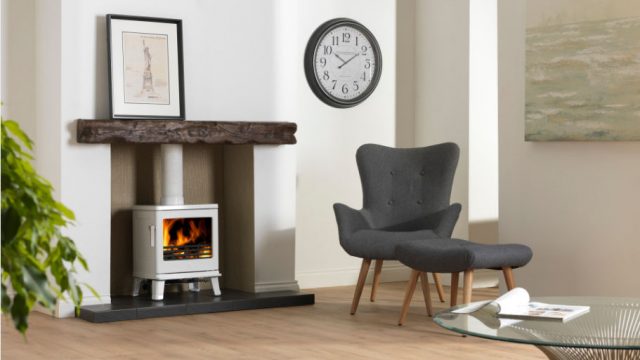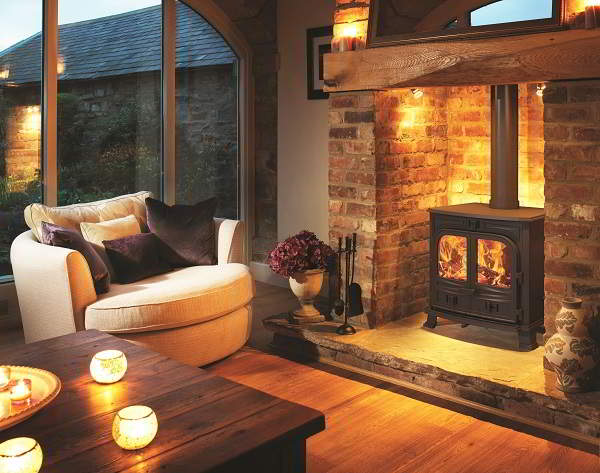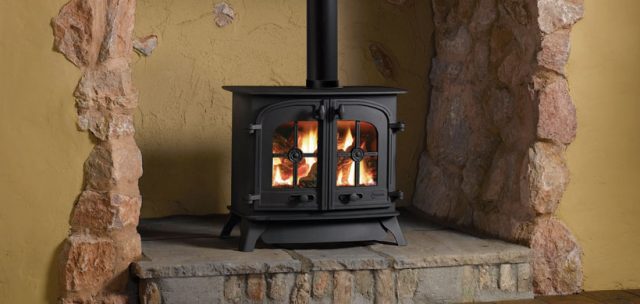The wood-burning stove we see today is very different to that of 10 years ago and almost unrecognisable from those on the market 20 years ago. There have been some monumental changes in the wood-burning stove industry and new technology is now coming to the fore. However, there are still some simple ways in which you can maximise heat output and ensure as little energy as possible is wasted.
Only burn seasoned wood
Only seasoned wood with a moisture reading of less than 20% should be used with your wood-burning stove. It may be tempting to use cheaper more moist fuel but not only will this reduce the output from your stove but it can also create a tar-like material which can impact the flue and the stove itself. You might think you are saving money by getting substandard wood but you will eventually pay the price. Those who live in the countryside may have the option to acquire what is known as “green wood” and season this over a prolonged period of time but others may be forced to buy pre-seasoned wood.

